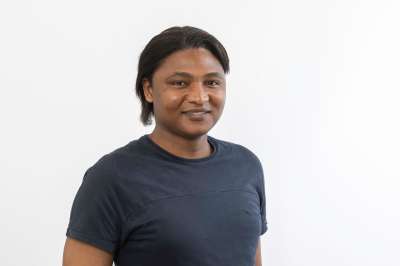Pink salmon: a resource if caught early

Photo: Juho Vuolteenaho
New projections indicate that pink salmon is likely to continue spreading to additional rivers, suggesting we may not completely eradicate it. “We need to find better ways to utilise this provisional resource while also protecting native Atlantic salmon,” says researcher.
The presence of pink salmon in Norwegian rivers has surged, raising concerns among fishermen and researchers. As an introduced species, it poses a threat to local species and ecosystems. In Alaska, Canada, and Russia, pink salmon has long been a valuable food fish when caught at sea.
“In the ocean, it closely resembles Atlantic salmon, but once it ascends the rivers, the males turn grey-brown and develop a hump,” explains Dr Simo Maduna at NIBIO Svanhovd.
Dr Maduna and his colleagues have modelled how pink salmon spreads, and which environmental factors affect this process. Temperature and precipitation are the key factors, and the study shows that lower elevation rivers are particularly vulnerable.
The models used, known as species distribution models, predict areas of dispersion based on known occurrences and environmental data. Finnmark is now a core area for spread, but rivers across Norway have suitable climates for the species. Over time, new core areas may emerge, also beyond Norway.
“Pink salmon has been recorded in the UK and Iceland and could spread further south in Europe, depending on climate change,” says Dr Maduna.
He is doubtful that we can entirely eradicate pink salmon.
“Perhaps we should explore how the species can serve as a provisional resource while beginning to formulate a more sustainable management strategy.”
The researchers have also developed a genetic method to study pink salmon in foreign environments. Dr Maduna hopes this research will aid in improving the management of pink salmon in Norway and appreciates the local support that has enabled the work.
Contacts

Purpose
To determine where pink salmon may expand in the coming years, so that measures can be implemented to prevent it from establishing itself in new areas.
Funding: Ministry of Climate and Environment, The Research Council of Norway and NIBIO
Contacts

